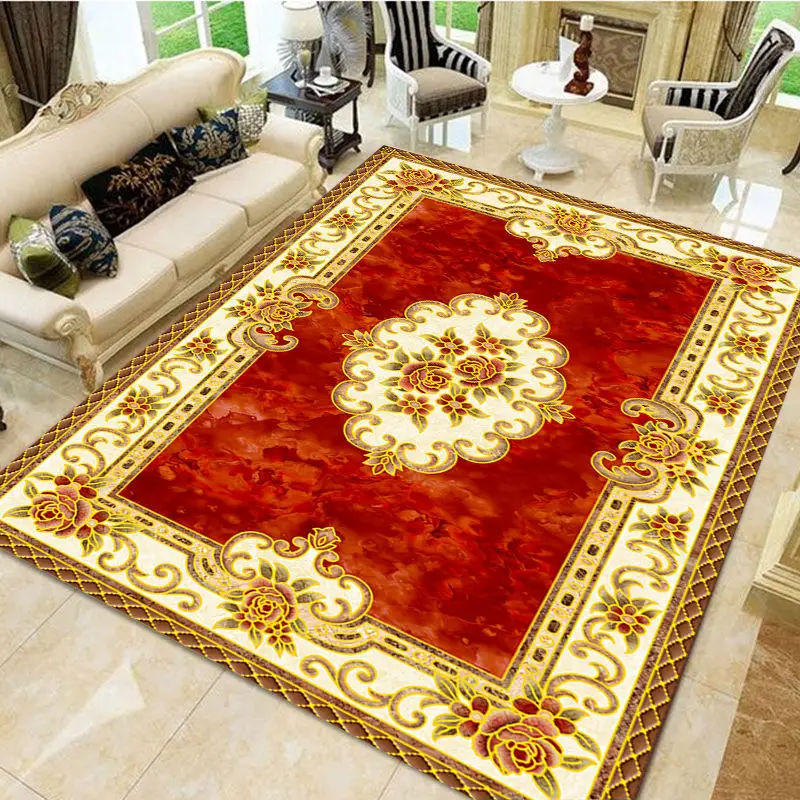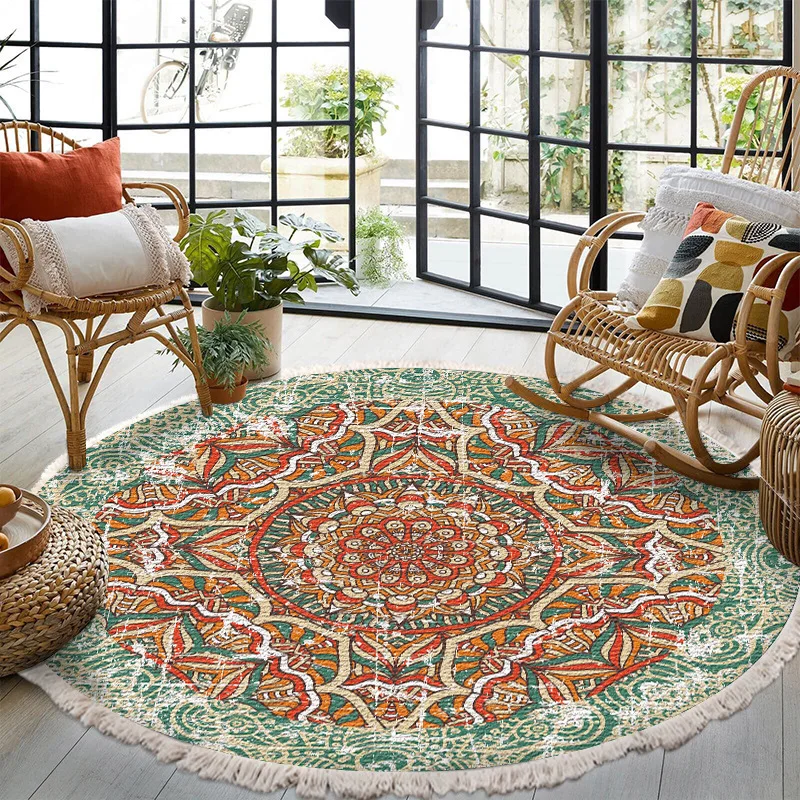 Introduction:
Introduction:
Mold in carpets such as soft cushions can be a common and problematic issue, causing health concerns and damage to your home. It thrives in moist and humid environments, making carpets susceptible to its growth. In this comprehensive guide, we will explore the causes, signs, prevention, and effective methods to remove mold in carpet. By understanding the risks and taking appropriate measures, you can maintain a healthy living environment and preserve the longevity of your carpet.
Causes of Mold in Carpet
Excessive Moisture:
Excessive moisture from leaks, flooding, high humidity, or improper drying can lead to mold growth in carpets.
Wet or damp carpets provide an ideal environment for mold spores to thrive.
Poor Ventilation:
Lack of proper ventilation in rooms or areas with carpets can increase humidity levels, promoting mold growth.
Insufficient airflow inhibits moisture evaporation, contributing to a favorable environment for mold.
 Hazards of Mold in Carpet
Hazards of Mold in Carpet
Mold in carpet can pose significant health risks and affect the indoor air quality of your home or workplace. Understanding the hazards associated with mold growth in carpet is crucial for taking appropriate action to prevent its occurrence or address the issue promptly.
Allergenic Reactions
Respiratory problems: Mold spores released into the air from carpet can trigger allergic reactions, particularly in those with respiratory conditions, such as asthma or allergies. Common symptoms may include coughing, sneezing, wheezing, itchy or watery eyes, and difficulty breathing.
Skin irritation: Direct contact with moldy carpet can cause skin irritation or allergic dermatitis in sensitive individuals. Rashes, redness, itching, and hives may occur when allergenic substances come into contact with the skin.
Respiratory Infections
Fungal infections: Exposure to mold spores in carpet can lead to respiratory infections, especially for individuals with weakened immune systems, the elderly, or people recovering from illnesses. Inhaled spores can settle in the lungs, causing fungal infections such as aspergillosis or bronchitis.
Sinus infections: Chronic exposure to mold spores can also lead to recurrent sinus infections. Mold can thrive in the warm, damp environment found within carpets, releasing spores that can irritate and infect the nasal passages and sinuses.
Toxic Reactions
Mycotoxin exposure: Certain molds, such as Stachybotrys chartarum (black mold), can produce mycotoxins that are harmful if inhaled, ingested, or come into contact with the skin. Prolonged exposure to mycotoxins can lead to toxic reactions, including neurological symptoms, respiratory distress, headaches, fatigue, and immune system disorders.
Increased vulnerability: Continued exposure to mold in carpet can weaken the immune system, making individuals more susceptible to other infections and illnesses. Those with pre-existing health conditions, such as allergies or chronic respiratory problems, may experience heightened sensitivity to mold’s toxic effects.
Asthma and Other Respiratory Conditions
Worsening of symptoms: Mold in carpet can exacerbate symptoms of asthma, chronic obstructive pulmonary disease (COPD), and other respiratory conditions. Mold spores can trigger bronchial constriction, leading to wheezing, coughing, chest tightness, and difficulty breathing.
Asthma attacks:
Individuals with asthma may experience increased frequency and severity of asthma attacks when exposed to mold in carpet. Persistent exposure to mold spores can cause chronic inflammation of the airways, making it harder to control asthma symptoms.
Mold growth in carpet poses significant health hazards, ranging from allergic reactions and respiratory infections to toxic responses and the exacerbation of pre-existing respiratory conditions. It is crucial to address mold issues promptly by controlling moisture levels, ensuring proper ventilation, and promptly cleaning or removing affected carpeting. If extensive contamination or health concerns persist, it is recommended to seek professional assistance to safely and thoroughly address the mold problem. Regular maintenance and prompt action are key to maintaining a healthy indoor environment.
 Signs of Mold in Carpet
Signs of Mold in Carpet
Musty Odor:
A persistent musty or earthy odor can indicate the presence of mold in carpets.
Mold emits a distinct odor, often described as damp or stale.
Visible Mold Growth:
Visible signs of mold growth on the carpet surface or along the edges suggest a mold problem.
Green, black, or gray patches or spots are common visual indicators of mold presence.
Allergic Reactions:
Some individuals may experience allergic reactions when exposed to mold spores in carpets.
Symptoms may include coughing, sneezing, wheezing, itchy eyes, or skin irritation.
Prevention of Mold in Carpet
Promptly Address Moisture Issues:
Fix leaks and address water damage promptly to prevent excess moisture in carpets.
Properly dry wet carpets and address the source of moisture to inhibit mold growth.
Maintain Proper Indoor Humidity:
Use dehumidifiers in areas with high humidity to regulate moisture levels.
Aim for indoor humidity levels below 60% to discourage mold growth.
Regularly Clean and Vacuum:
Regularly clean and vacuum carpets to remove dirt, dust, and moisture, which can contribute to mold growth.
Vacuuming prevents the accumulation of organic matter that molds feed on.
 Removing Mold from Carpet
Removing Mold from Carpet
Safety Precautions:
Wear protective gear such as gloves, goggles, and a mask to prevent direct contact with mold spores.
Ensure proper ventilation in the area during mold removal.
Dry and Isolate:
Completely dry the affected area by using dehumidifiers, fans, or opening windows to allow air circulation.
Isolate the affected area by sealing it off from the rest of the house to avoid spreading mold spores during removal.
Vacuum and Clean:
Use a HEPA-filter vacuum cleaner to thoroughly vacuum the mold-infested carpet.
After vacuuming, clean the carpet with a mixture of mild detergent and water, focusing on the affected areas.
Disposal, if necessary:
In severe cases or if the carpet cannot be fully cleaned, it may be necessary to dispose of the affected carpet.
Consult local regulations and guidelines for proper disposal procedures.
Professional Assistance
Consider Professional Mold Remediation:
If the mold infestation is extensive or recurring, it may be necessary to seek professional assistance.
Professional mold remediation specialists have the expertise and equipment to effectively remove mold from carpets.
 Conclusion:
Conclusion:
Mold in carpet is a common and potentially hazardous problem that should be addressed promptly. By understanding the causes, signs, prevention methods, and effective removal techniques discussed in this comprehensive guide, you can successfully manage and eliminate mold growth in your carpets. Take proactive measures to prevent moisture accumulation, address water damage promptly, and maintain proper indoor humidity levels. If faced with a mold infestation, follow appropriate safety precautions and utilize proper cleaning methods. Remember, if the situation is severe or recurring, it is advisable to seek professional assistance. By prioritizing mold prevention and maintenance, you can protect your home, carpets, and the well-being of your household.



